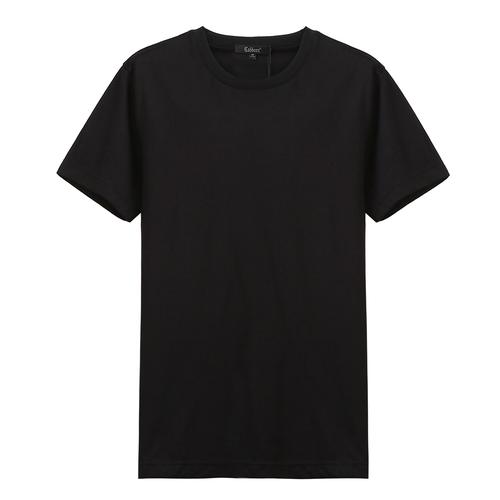Choosing environmentally friendly fabrics is crucial for both businesses and consumers. Here are some guidelines, features and certifications for choosing eco-friendly fabrics.
1. Principle guidance:
When choosing environmentally friendly fabrics, you can consider the following principles:
– Yes Sustainability: Choose renewable and recyclable fabrics to reduce resource consumption and waste.
– Eco-friendly: Use non-toxic, harmless and non-polluting fabrics to reduce the negative impact on the ecosystem.
– Social Responsibility: Prioritize fabrics that comply with labor rights and human rights, and avoid labor exploitation and harmful labor conditions.
– Quality and performance: Ensure that environmentally friendly fabrics have sufficient quality and performance to meet usage needs and comfort.
2. Features:
Environmentally friendly fabrics have the following characteristics:
– Organic materials: organic cotton, Organic hemp, organic bamboo fiber, etc. can be used as environmentally friendly fabric choices, reducing the use of pesticides and chemical fertilizers during their cultivation.
– Regenerated fiber: Regenerated fiber such as recycled polyester, Tencel, etc. are converted from waste or renewable resources, reducing dependence on natural resources.
– Antibacterial and anti-odor properties: Environmentally friendly fabrics have anti-bacterial and anti-odor properties, reducing the number of washes and the use of chemicals.
– Energy saving: Certain environmentally friendly fabrics can save energy and reduce greenhouse gas emissions during the production process.
3. Certification:
The following are some common environmentally friendly fabric certification agencies and logos:
– GOTS (Global Organic Textile Standard): GOTS-certified fabrics must comply with organic agriculture standards and have strict environmental and social responsibility requirements for the entire production chain.
– Oeko-Tex Standard 100 (environmental textile standard): Oeko-Tex certification ensures that there are no harmful substances in the fabric and is harmless to the environment and human health.
– Bluesign system: The Bluesign system ensures the environmental friendliness, safety and sustainability of fabrics by monitoring the entire production process.
– Cradle to Cradle certification: This certification focuses on product recycling and material safety, and promotes sustainable development and resource recycling.
When choosing environmentally friendly fabrics, you can focus on fabrics with the above certifications. In addition, you can learn more about fabrics, understand their raw material sources, production processes and environmental impacts, and have in-depth communication with suppliers to understand the environmental performance of their products and the sustainability of their supply chains.
In short, choosing environmentally friendly fabrics needs to be guided by certain principles, focusing on the sustainability, eco-friendliness and social responsibility of the fabrics. At the same time, pay attention to various certification marks to ensure that the fabrics you choose meet environmental protection requirements. Through careful screening and understanding, you can choose fabrics that suit your needs and are environmentally friendly, realizing environmental awareness.







